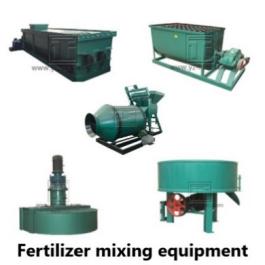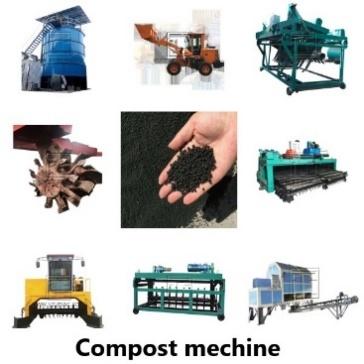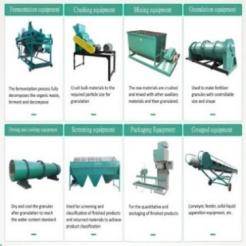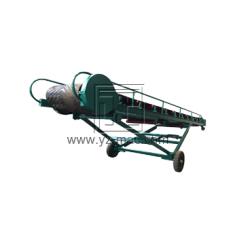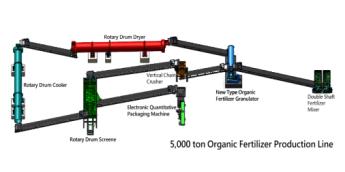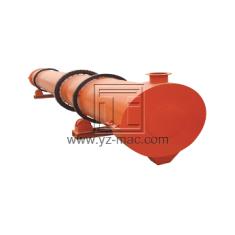Organic Compost Blender Design
Designing an organic compost blender involves several considerations, including the type and size of compost materials to be blended, the desired output capacity, and the available space and budget. Here are some key design considerations for an organic compost blender:
1.Mixing mechanism: The mixing mechanism is an essential part of the compost blender, and there are several types of mechanisms to consider, including horizontal and vertical mixers, rotary drum mixers, and paddle mixers. The choice of mixing mechanism will depend on the type of compost materials and the desired level of mixing and blending.
2.Capacity: The capacity of the compost blender will depend on the amount of compost materials to be blended and the desired output. The blender’s capacity can range from a few hundred liters to several tons, and it is important to choose a blender that can handle the required capacity without overloading or slowing down the production process.
3.Material handling: The compost blender should be designed to handle the specific compost materials used in the production process, including their texture, moisture content, and other properties. The blender should also be designed to prevent clogging or other issues that could interfere with the mixing process.
4.Control system: The control system of the compost blender should be designed to ensure consistent and accurate mixing, with features such as speed control, timers, and automatic shut-off mechanisms. The control system should also be easy to use and maintain.
5.Safety features: The compost blender should be designed with safety features to protect operators and prevent accidents, including guards, emergency stop buttons, and other safety devices.
6.Space and budget: The design of the compost blender should take into account the available space and budget, with a focus on maximizing efficiency and minimizing costs while still meeting the production requirements.
Designing an effective organic compost blender requires careful consideration of the materials, capacity, and production requirements, as well as a focus on safety, efficiency, and cost-effectiveness. It is recommended to consult with a professional or expert in the field to help design and build a compost blender that meets your specific needs and requirements.


